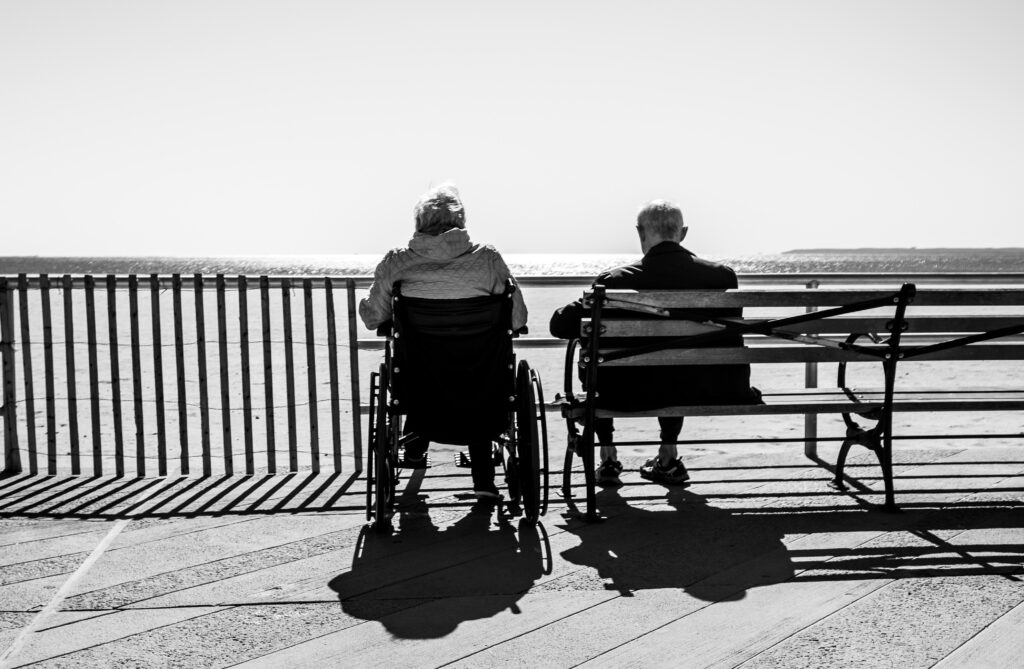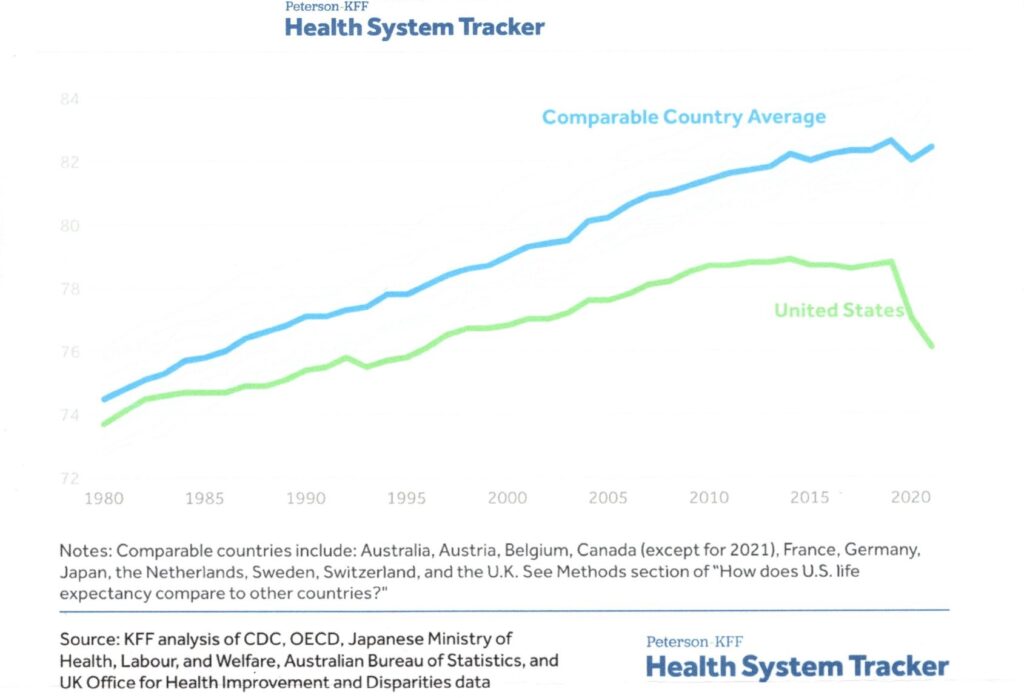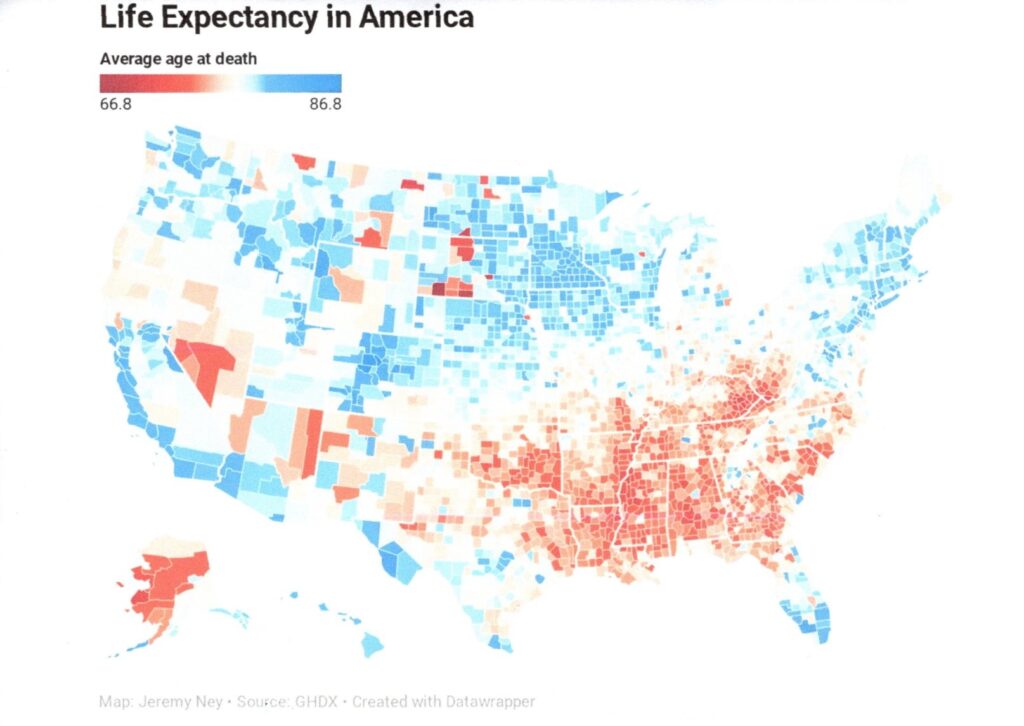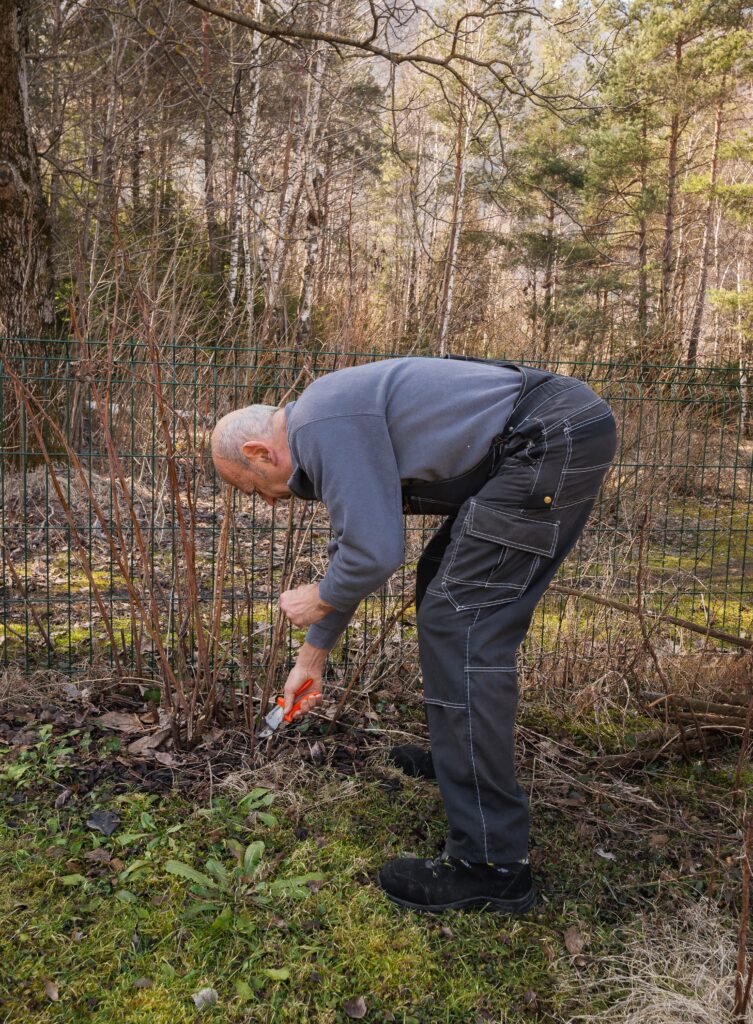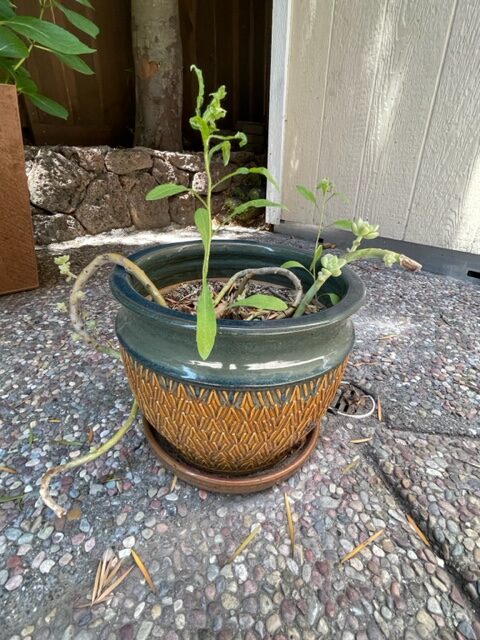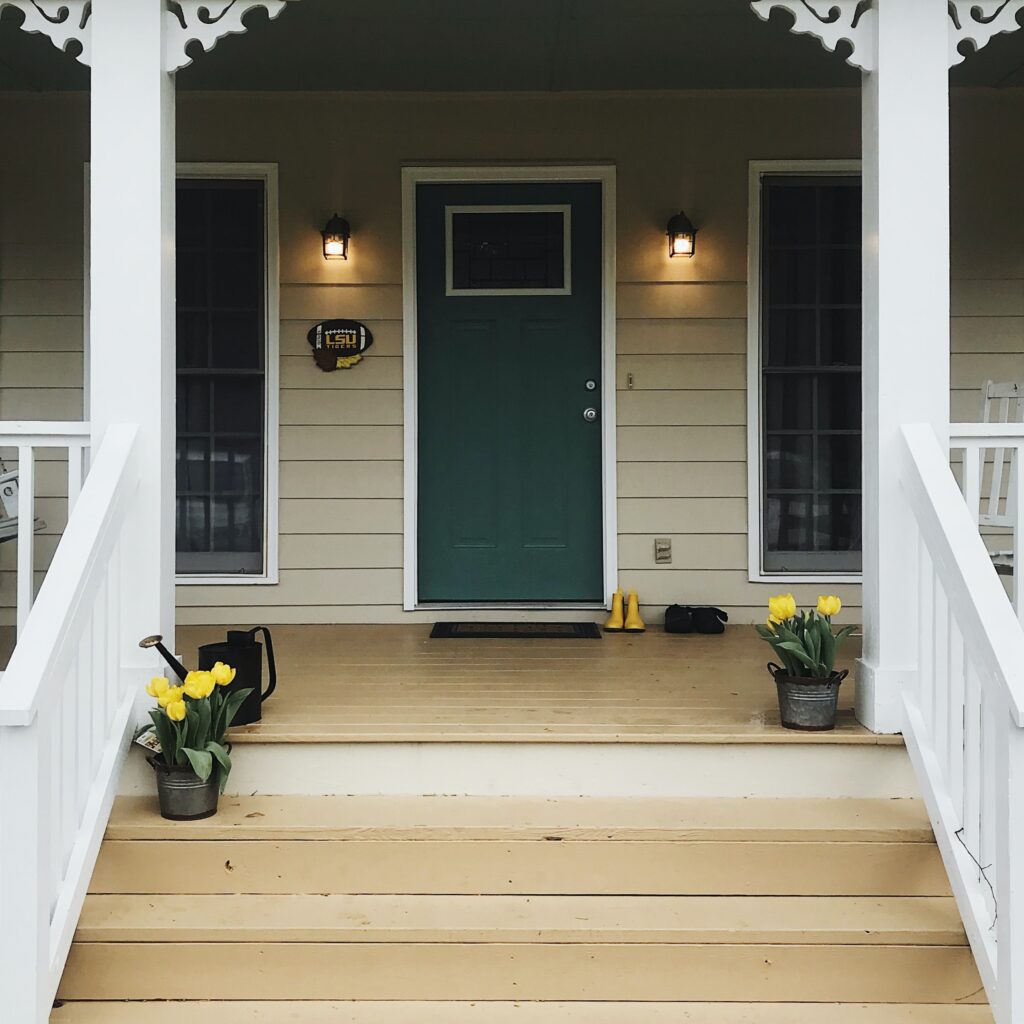August 2023
By Richard Fleming

Photo courtesy of Jill Sauve
My wife and I are very fortunate to be able to babysit our seven-month old granddaughter several times a week. She is cute and adorable beyond words. But being a grandparent is harder now than the last time we saddled up for this rodeo. (Our two other grandchildren are 13 and 11 years old.) The reasons are two-fold. First, the job requirements have apparently evolved over the past decade. And second, we are undeniably a bit older.
To start with, babies weigh more now than they used to. Carrying our precious granddaughter around takes a toll on my low back. When my two other grandkids were 7 months old, hauling them around was easy. They didn’t weigh much. Picking them up was accomplished without a moment’s hesitation. Nowadays I have to steady myself and stand carefully when lifting my granddaughter. And it’s not only my back. Sometimes my shoulders join the chorus of complaining joints.
It also seems that babies have acquired new skills they never possessed ten years ago. Our granddaughter recently learned the “army crawl,” a maneuver in which she scoots quickly across the floor while on her stomach, pushing herself forward with her arms and legs. I acknowledge my memory isn’t what it used to be, but I have no recall of our previous two grandchildren engaging in army crawling. They simply went from perching on their stomachs to what used to be known as “crawling.”
Our granddaughter’s new mobility skill set requires a new babysitting skill set. When babies set their minds on exploration, they can move pretty quickly. But I never lost a race to our first two grandkids when they decided to crawl towards the stairway. My, have times changed. Our 7-month-old can army crawl almost as fast as I can walk. So when the little darling decides she wants to scoot across the floor to explore a wooden chest, I have to move quickly to make sure she doesn’t dent her forehead on the sharp corner.
Actually the process of watching a baby is much more involved and tiring now than in the past. With the first two grandkids, I could easily babysit each one by myself all day. Now it requires two grandparents on duty simultaneously to do the job well. I must say I am mystified, amazed, and impressed at how mothers are able to take care of their children alone. Hats off.
Another changing part of grandparenting is the emergence of new technology. Tech advances are supposed to make our lives easier and more efficient. But the new tech of child-rearing is a mixed bag, in my opinion. Previously, when we put our grandchildren to sleep, we made sure the crib was nearby so we would know if they started crying and to ensure they stayed on their backs. Well, that simple approach is ancient history. Currently there is a small camera and microphone mounted above our granddaughter’s crib which monitors her every breath, movement, and sound. We had to download an app to our phones which alerts us with a loud alarm if there is any problem with her sleeping or breathing. It’s nice to be able to go to a different part of the house while she sleeps, but the last thing we need is yet another app on our phones.
Milk bottles have also been redesigned. They now have some kind of internal apparatus which supposedly lessens babies’ air swallowing when they are drinking milk. Now I am far from an expert in these matters, but I have yet to notice any reduction in gassiness with these fancy new bottles. When I stand up to gently burp my granddaughter, she produces the same quantity and quality of satisfying belches as my first two grandkids. The new bottle technology has also not affected another aspect of post-feeding activity. My efforts to get my granddaughter to belch invariably lead me to belch once or twice also, just as happened a decade earlier.
But there is one tech development which is a clear step forward. If you are not a recent grandparent, you may not know they are now making indestructible books for babies. These cute volumes look like the paper books of old. I lost count of how many books my first two grandchildren destroyed ten years back. But these new books are truly impossible to rip, tear, chew to pieces, or damage in any of the myriad ways babies can attack books. I cannot tell you what a relief this is.
* * *
I do not mean to sound like I’m complaining about babysitting as a grandparent. It is one of the most treasured and valuable parts of growing old. It is an opportunity that some of my friends have not been able to experience. Yes, it is more challenging now than when I was 60 years old, but it is still rewarding beyond measure. When my granddaughter smiles, the room lights up. When I make a funny face and she giggles, it is an expression of joy and love which transcends the generations. It makes the increasing obstacles of being a 72-year-old grandparent disappear.
* * *
If you enjoyed this post, please consider subscribing to be notified of future posts. Subscriptions are free.


